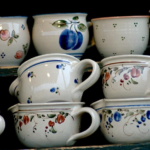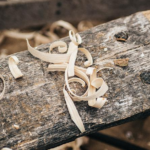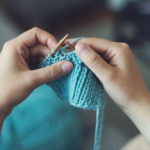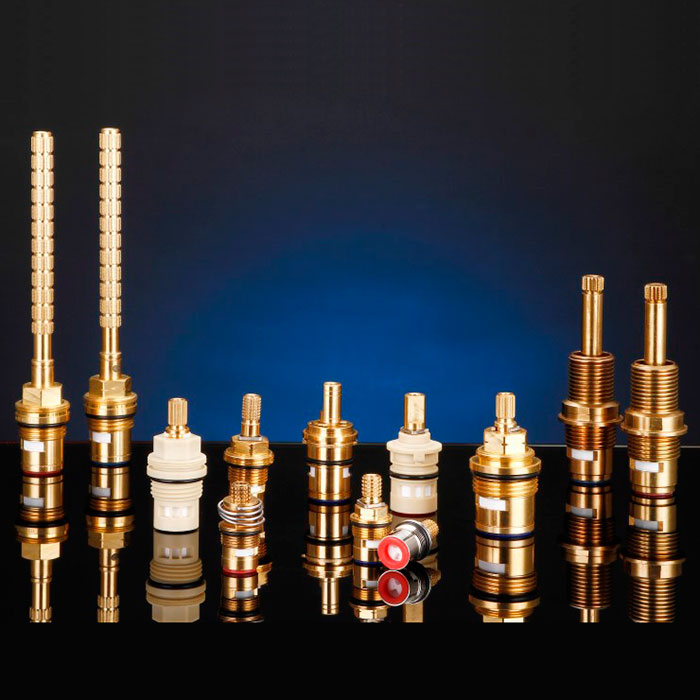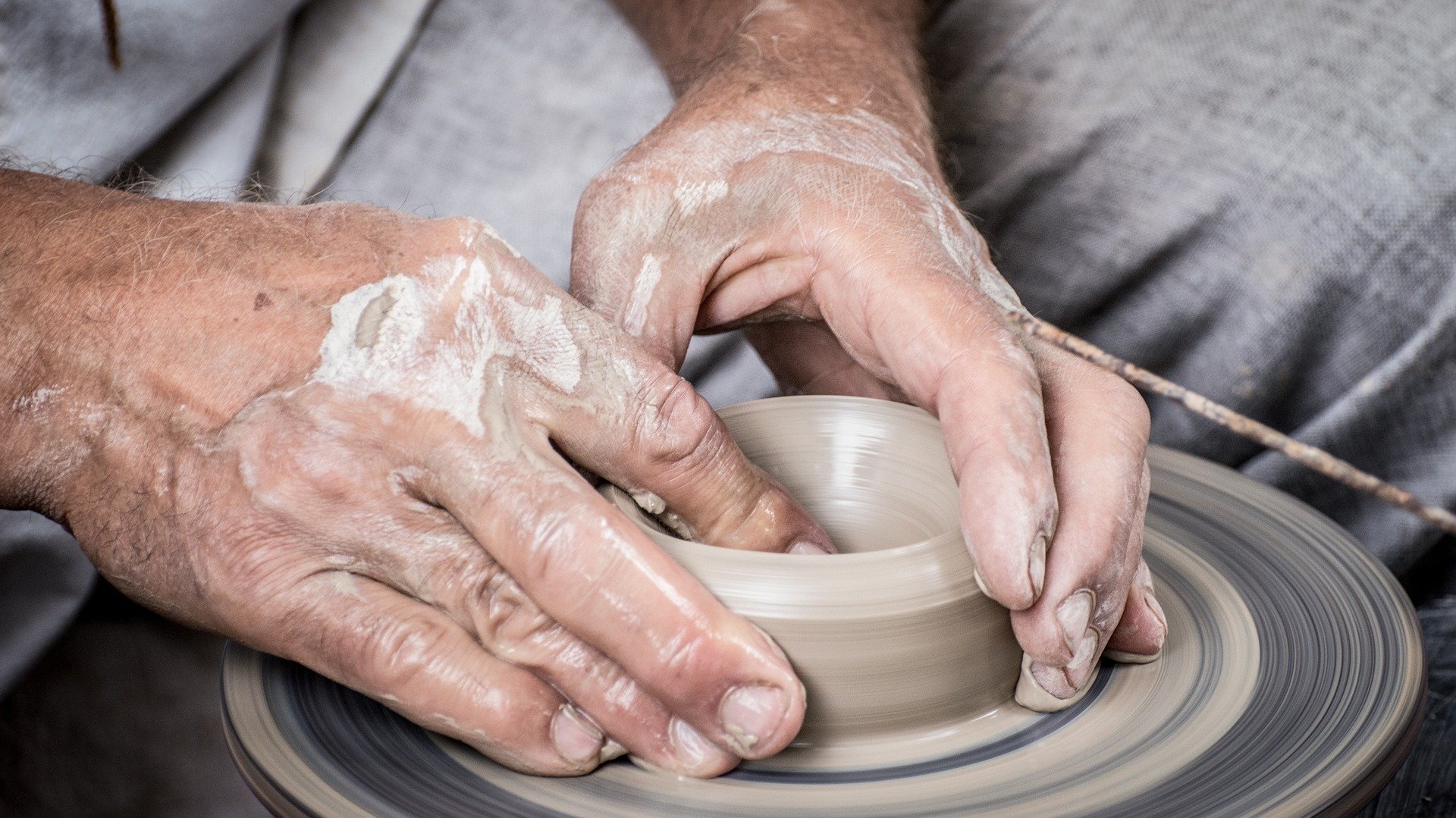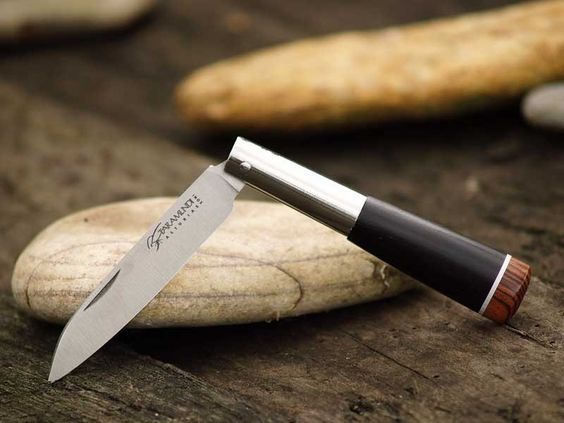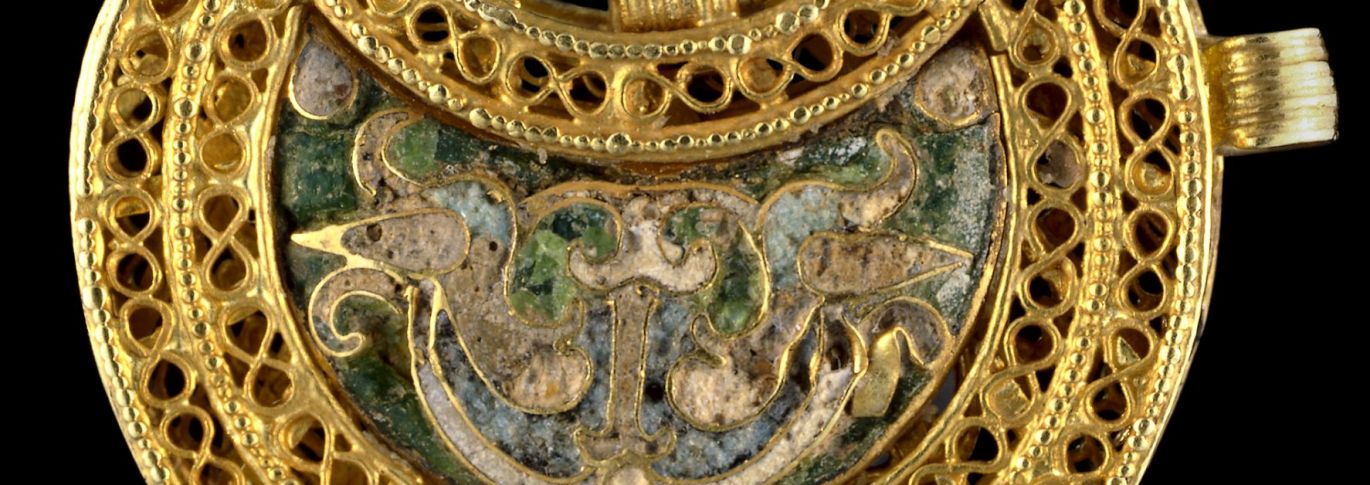Ceramic Cartridge in Spain
Country of the crafting: Spain
Region of the crafting: Andalucia
Town of the crafting: Huelva
Type of the crafting: Glass, ceramic and pottery
1. Geographic area
The pottery of la Cartuja is traditional in Andalusia, Spain, specially in Córdoba and Seville. Andalusian porcelain was worked in the Monastery of La Cartuja in Seville during the 19th century. It is currently manufactured in the municipality of Salteras.
2. Craft characteristics
A total of 12 potters work in the process of creating each piece, which includes from the design of the printed earthenware to the manipulation of the white flint crockery, the decoration with tracing varnish, the porcelain paint and the opacity of the same.
3. The technique
A solid mixture is spread over the mold and dried. A liquid mixture is prepared and injected into plaster molds for the first firing, at 1,120 degrees for 12 hours. the pieces are bathed in a liquid porous container before being decorating. the color is fixed with a second baked between 700 and 850 degrees for 20 hours, then it is immersed in white enamel. After, it is baked for the last time at 1,015 degrees for 12 hours. Lastly, burrs are removed and small imperfections are polished. This is the principal technique , but there are others less famous that are used by craftmens in Seville.
4. Used materials
The principal materials used are:
-Clay: finely-grained natural rock or soil material that combines one or more clay minerals with possible traces of quartz (SiO2), metal oxides (Al2O3 , MgO etc.) and organic matter. Geologic clay deposits are mostly composed of phyllosilicate minerals containing variable amounts of water trapped in the mineral structure.
-Kaolinite: is a clay mineral, part of the group of industrial minerals with the chemical composition Al2Si2O5(OH)4. It is a layered silicate mineral, with one tetrahedral sheet of silica (SiO)4 linked through oxygen atoms to one octahedral sheet of alumina (AlO)6 octahedra.
-Sicilium carbonate, sa nd a n d feldespar are other materials less used but also important during the process.
5. History
Pottery is the process of forming vessels and other objects with clay and other ceramic materials, which are fired at high temperatures to give them a hard, durable form. Major types include earthenware, stoneware and porcelain. the place where such wares are made by a potter is also called a pottery (plural “potteries”). The definition of pottery used by the American Society for Testing and Materials (ASTM), is “all fired ceramic wares that contain clay when formed, except technical, structural, and refractory products.”[1] In archaeology, especially of ancient and prehistoric periods, “pottery” often means vessels only, and figures etc. of the same material are called “terracottas”. Clay as a part of the materials used is required by some definitions of pottery, but this is dubious.

